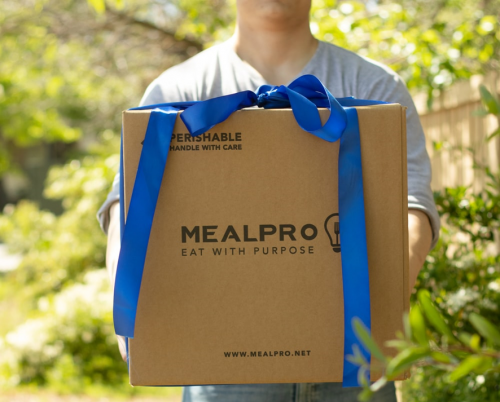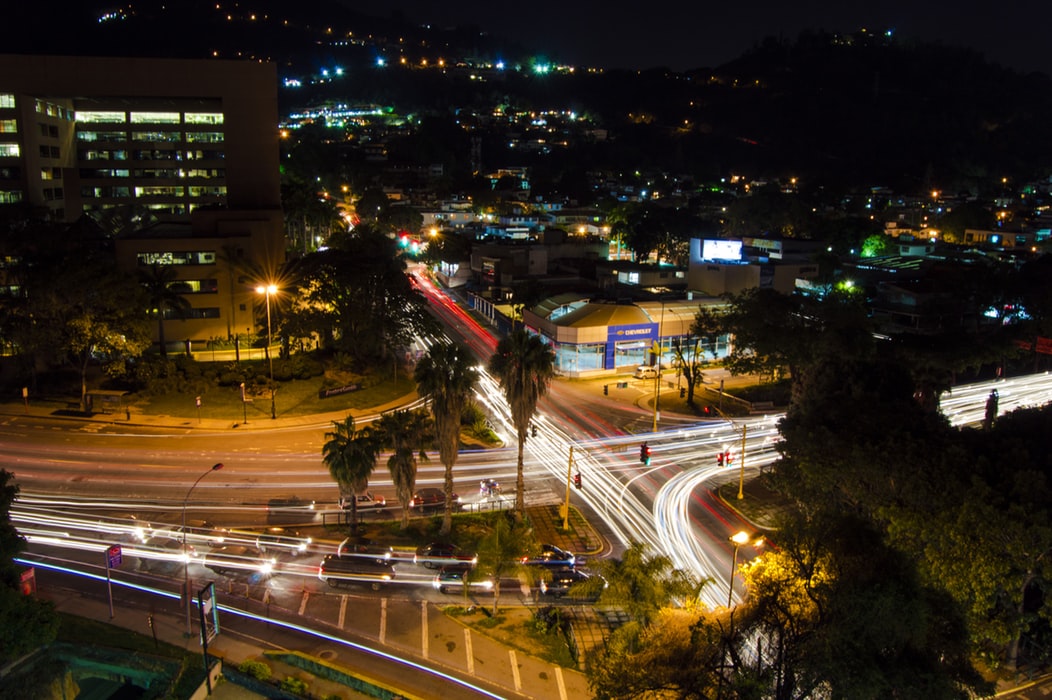
THE LAST MILE CHALLENGES IN E-COMMERCE
THE LAST MILE CHALLENGES IN E-COMMERCE
NEW DELIVERY DATA
There was a time when delivering to storekeepers or individuals was an easy thing to do. All you needed was a truck, a delivery man, and you were done. No constraints, no difficulties. However, with the advent of the 21st century, things have changed. The new world order has evolved and it is now much more difficult to deliver to urban centres, especially in the last mile . The last mile being an expression used to describe the last link in the delivery chain that stops at the end customer.
Governments have made radical choices to stick to their engagement of pollution and traffic reduction such as banning deliveries after 10 a.m., which led to an increase in traffic. Some cities like Paris have even chosen to ban all diesel vehicles from entering the city from 2020. Moreover, cities are becoming more and more pedestrianized, making last portion of delivery routes considerably more difficult.
On the other hand, the number of deliveries continues to increase due to the rapid growth of e-commerce while urban population growth is often above 75% in developed countries. Customers are also becoming more and more demanding with regard to delivery times. Therefore, the question of an overhaul of the traditional method of delivery has never been more at the heart of concerns, and particularly the last mile, when we know that it represents 20 to 30% of the distribution value chain, or even more than 50% in the United States. Time to adapt becomes a necessity for all retailers.
But how can we respond to the increasing flow of goods in urban areas while trying to preserve the cities?

INNOVATION AS A SOLUTION ?
After decades of traditional delivery, innovation and technology is now a large part of the urban delivery landscape. The first to have understood what is at stake are obviously the car manufacturers, knowing that the most important link in urban logistics is obviously the vehicles.
That’s why manufacturers are introducing a new generation of vehicles, eco-friendly and smaller ones, specially designed for urban logistics. The use of new energies is highly democratized, especially electricity, but others such as hydrogen or natural gas are showing up. Even crazier, a world premiere, amazon has launched in 2019 urban delivery via drones in Switzerland. This experiment was also a great success.
Technological innovations not only make logistical delivery easier. It also helps to reduce its costs. Indeed, thanks to digitization, new performance-enhancing tools enable « smarter » delivery. Through better routing, for example of the most appropriate route, these algorithms and data make it possible to optimize the productivity of deliveries.
In order to overcome this last-mile problem, new technologies also use real-time tracking . This solution also allows to enhance the customer experience, which has become a central element of urban delivery. This is made possible through the use of GPS including live tracking, notifications, live communication with the delivery person and flexible delivery schedules.

WHAT DOES THE FUTURE OF DELIVERY LOOK LIKE?
There is every reason to believe that, with new technologies, innovative ideas for urban delivery will multiply. Innovations will open up a new field of value-added services to optimize the customer experience. Furthermore, it will erase the last difficulties of the last kilometre, or even the last meter, and the fantasies are numerous. Imagine your groceries delivered directly into your fridge, delivery without the consignee having to be present or a delivery including the installation of the product. To be continued…




 English
English Español
Español